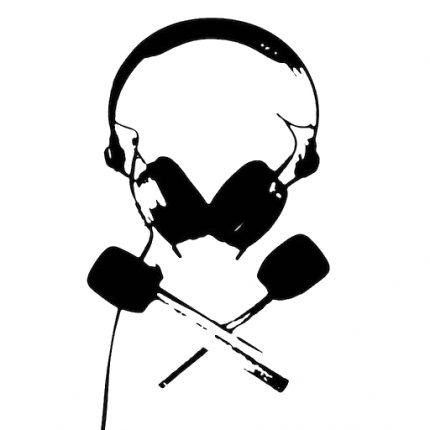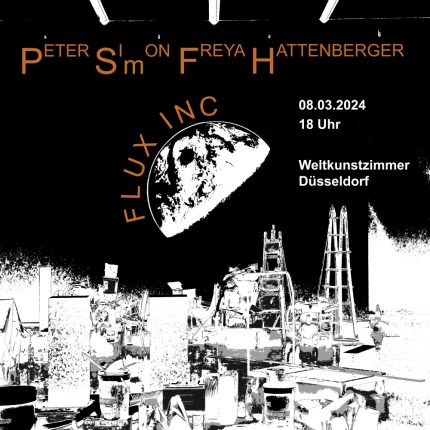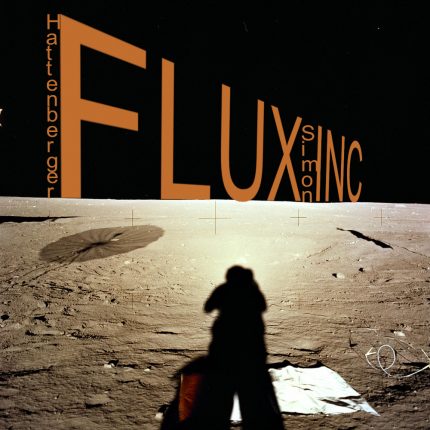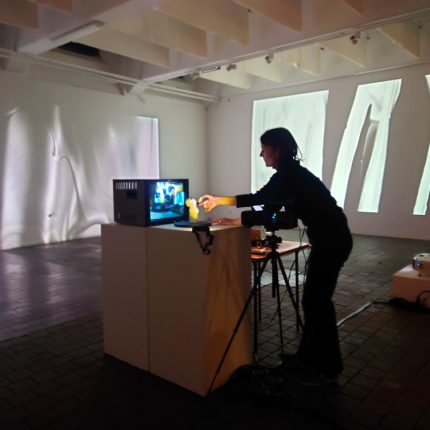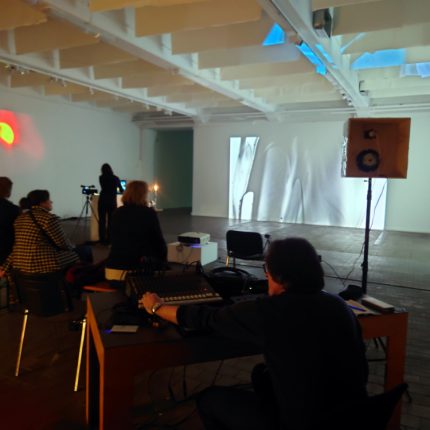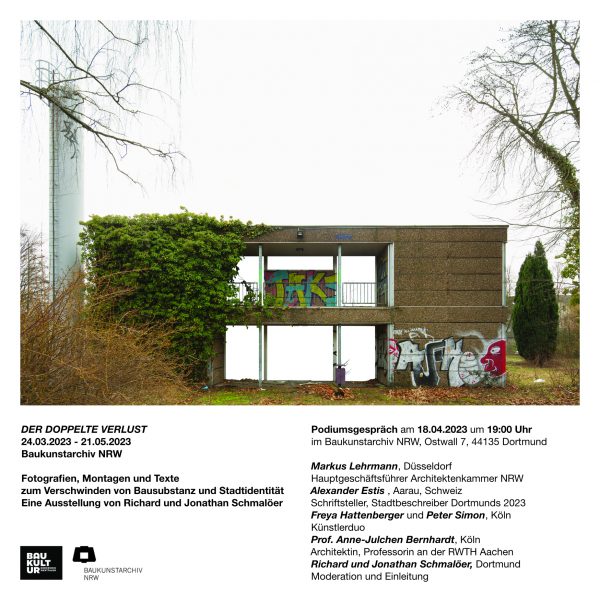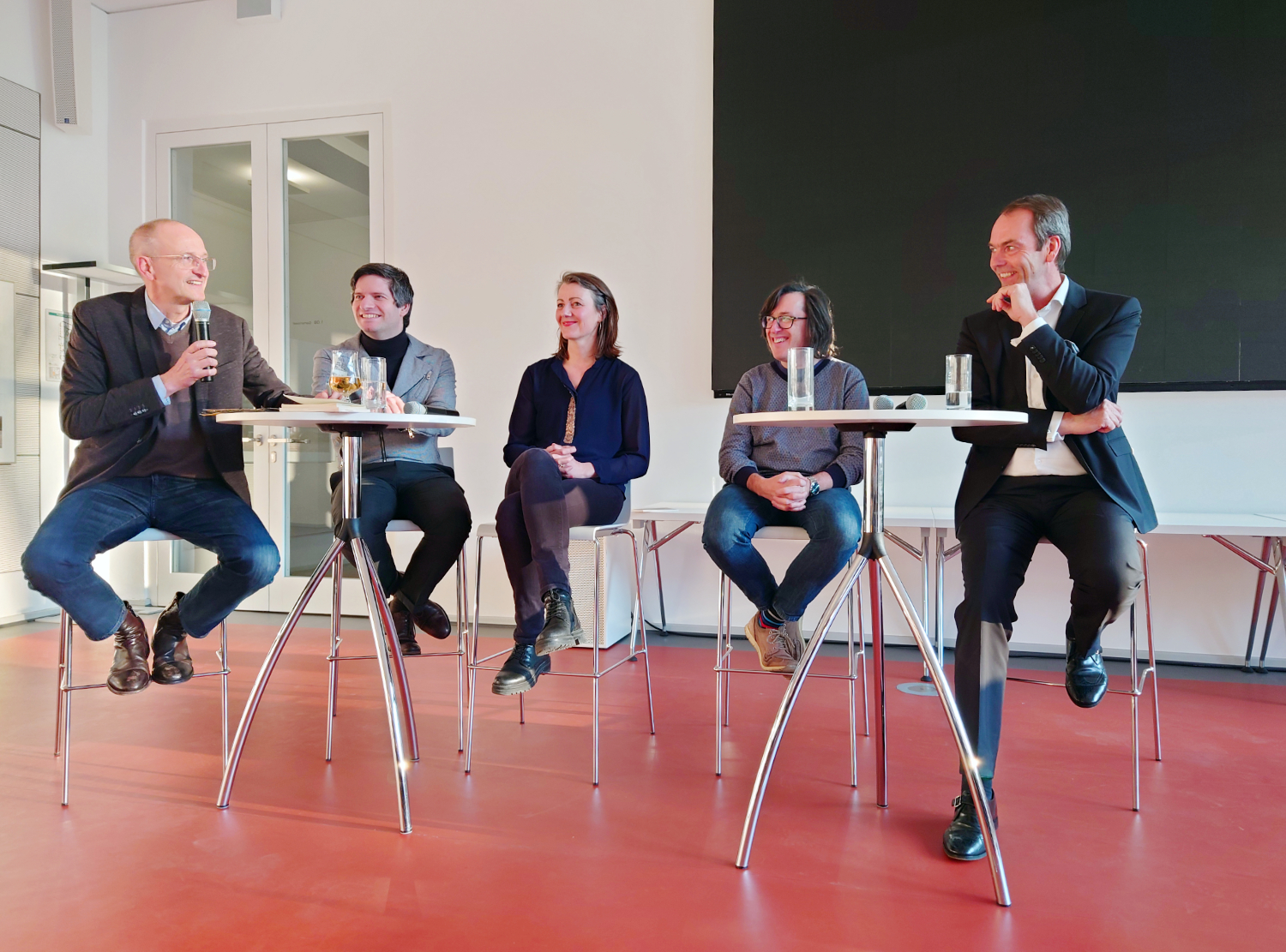Revisited: Fluxus in NRW
Audio feature by Freya Hattenberger and Peter Simon, ©2024
The new edition of the Revisited series is dedicated to the history of the Fluxus art movement in NRW. In the feature by artists Freya Hattenberger and Peter Simon, people have their say who have experienced the development of this international art movement in the Ruhr and Rhineland, are part of it or are still intensively involved with the resulting work today.
Together they describe in three parts how a new approach, characterized by intermediality, freedom and the urge for change, advanced the idea of the open work of art in NRW in the 1960s.
With contributions by Dieter Daniels, Anna Lena Friebe, Rudolf Frieling, Nicole Grothe, Wulf Herzogenrath, Kurt Wettengl, Dea Bohde, Philip Corner, Heinrich Liman, Takako Saito, Lisa Schiller, Johannes Stahl, Benedikt Bitzenhofer and Theresia Singer, among others.
A visit to Takako Saito’s studio in March 2024
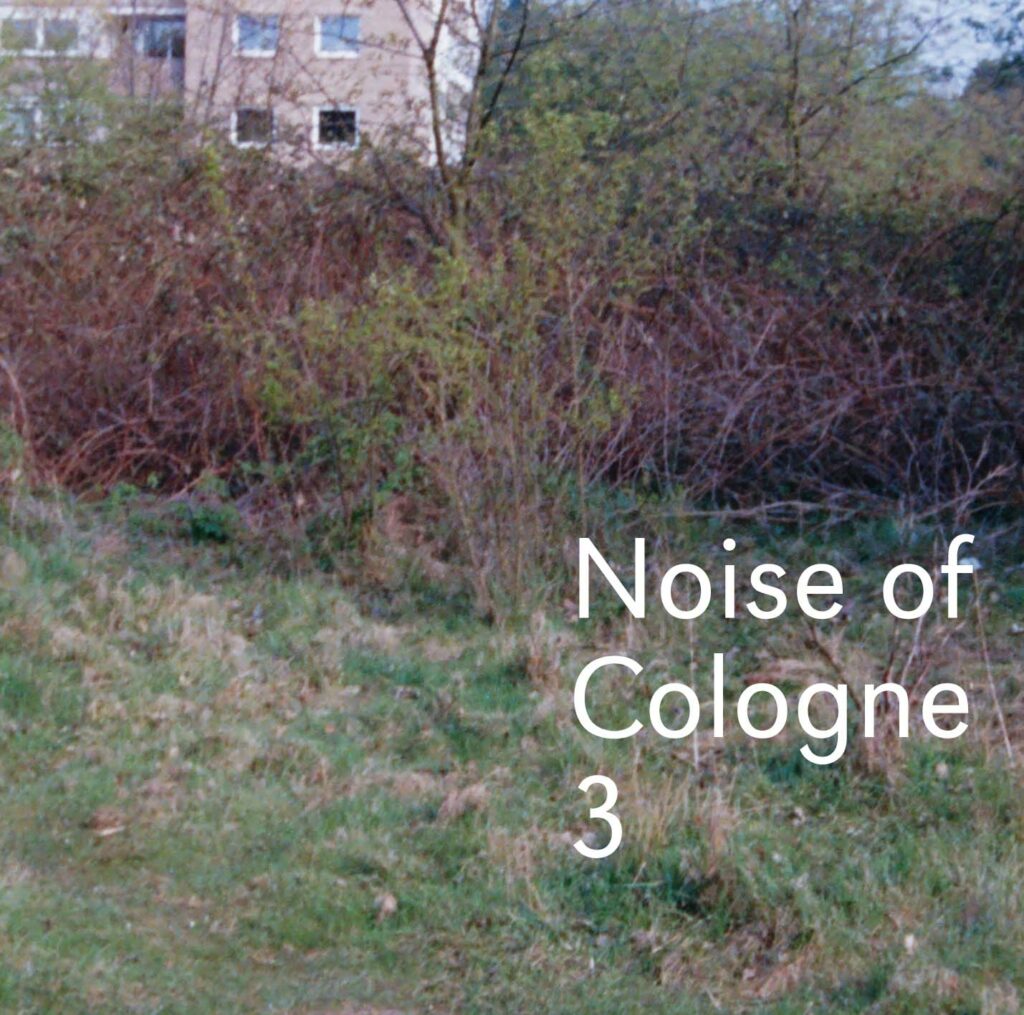
Noise of Cologne 3 – CD-Release
16.03.2024 – 20:00 h, 674.fm concert hall, Ubierring 13 / 50678 Cologne
With 10 short live contributions by Andrés Quezada, Dennis Aycicek, Hye Young Sin, Julia Bünnagel,
Nathalie Brum, Numinos, Peter Simon, Roland Schappert, Waltraud Blischke & Mik Quantius, Wolfram Wire
DJ: Tobias Grewenig
Free admission
Noise of Cologne 3
As a rule, compilation series are released in a sequence of several months or years. “Noise Of Cologne” is different: Part 1 was released in 2010, part 2 followed in 2013 and the third part of the series is now available in 2024 – with a total of 73 one-minute contributions from various musicians, bands and projects from Cologne. The one-minute format forces the contributions to be condensed and “Noise Of Cologne 3” offers a varied spectrum of experimental music: from musique concrète, electronic music, field recordings and environmental music to soundscapes, no wave, computer music and post-minimal music to experimental club music, turntablism, ambient and hauntology. Above all, “Noise of Cologne 3” offers surprises: Trance synthesizers alongside vocal acrobatics and terror drums as well as numerous “unlikely combinations” (David Toop) – music not yet classified or rubricated: noise, if you will.
The CD compiled by Frank Dommert (a-Musik) and Dirk Specht (Therapeutische Hörgruppe) brings together musicians who have been contributing to the musical map of Cologne for years and decades, as well as those who are just starting out, trying things out, building something, getting loud, getting involved, contributing.
FLUX INC
by Freya Hattenberger and Peter Simon, 08.03.2024, 18:00 – 21:00, Weltkunstzimmer, Düsseldorf
“
FLUX INC”
is a performative, immersive, walk-in audio-visual installation. It invites you to experience the connections of world perception through the senses.
New release on p3c7.bandcamp.com
“Floating Islands – Vanishing Worlds Series”
Climate change movement.
My question is, what are the movement options have ecosystems that live on an island to deal with climate change. You could leave the island, plants and animals can move. Forests on land masses can change location. On an island, it’s a little more complicated. Species have adapted to these specific, local conditions.
Plants could leave an island with the animals and settle on a new one. But how far do they have to fly, swim? If the pace of climate change is too fast, then it will not be so easy for the specialized species to adapt to the pace and change location….
My audio walk across the island is synonymous with this movement. I walk across the island and hear what is happening on the ground, take it with me as a recording and move on. I move in a soundscape that has been around for a long time. Collect fragments/artifacts for a time after…
More information here
New release on p3c7.bandcamp.com
In my project “Sounds Of The Inner Tree” I use sensors to investigate what the tree actually hears. I try to listen into him.
The data from the sensors is one sound source, the other is the environmental sounds around the tree that I record with microphones.
The result is an auditory image that considers not only the sounds of the environment, but also the sound that goes through the tree, the wood, and affects it in one way or another.
How does this reflect the factor of airborne sound, ambient noise, how much “penetrates” the tree, structure-borne sound, and how far?
Are there any changes in the structure of the wood as a result? Effects on growth or similar?
More information here
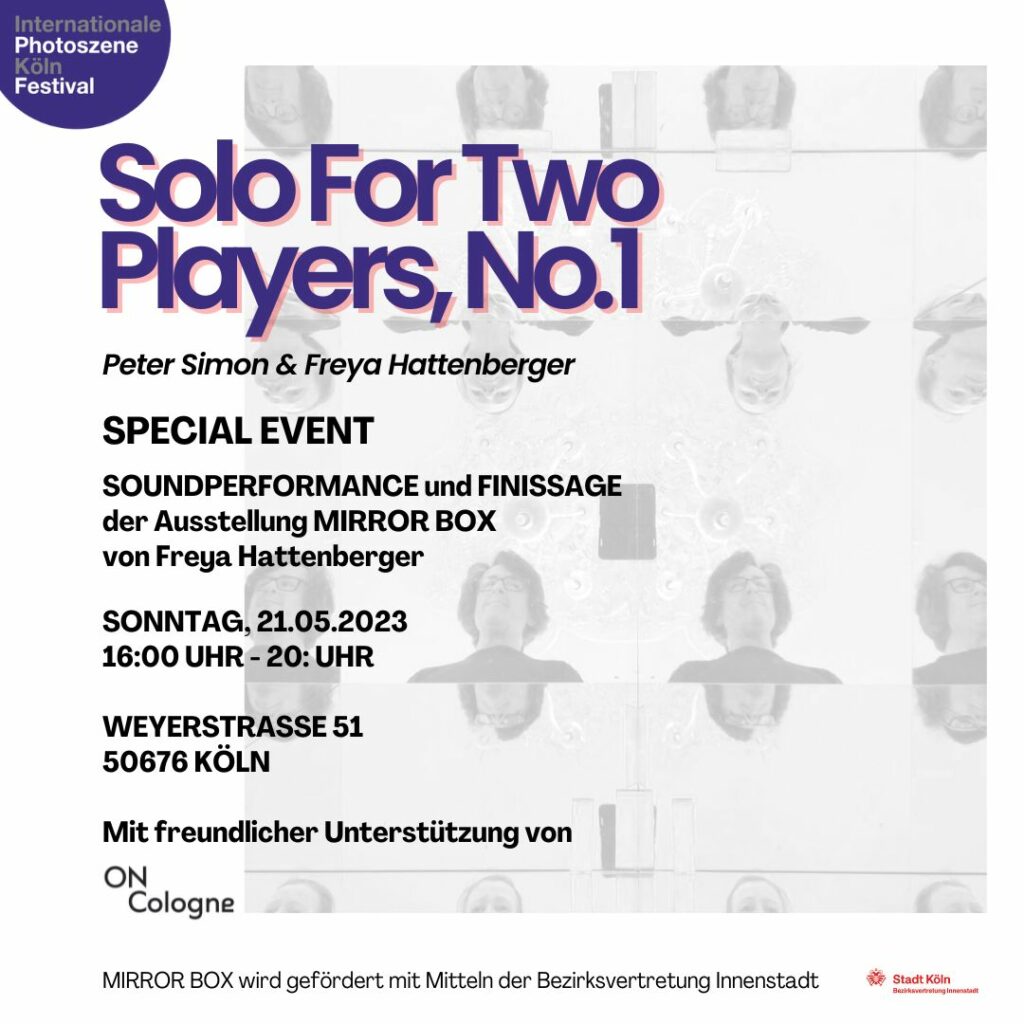




Wed 10 May 2023
7 pm
ChezON at the ON Cologne office
Old fire station (fire department)
After our originally planned ChezON with Peter Simon in December unfortunately had to be cancelled due to illness, we are happy to announce that Peter will be our ChezON guest in May!
